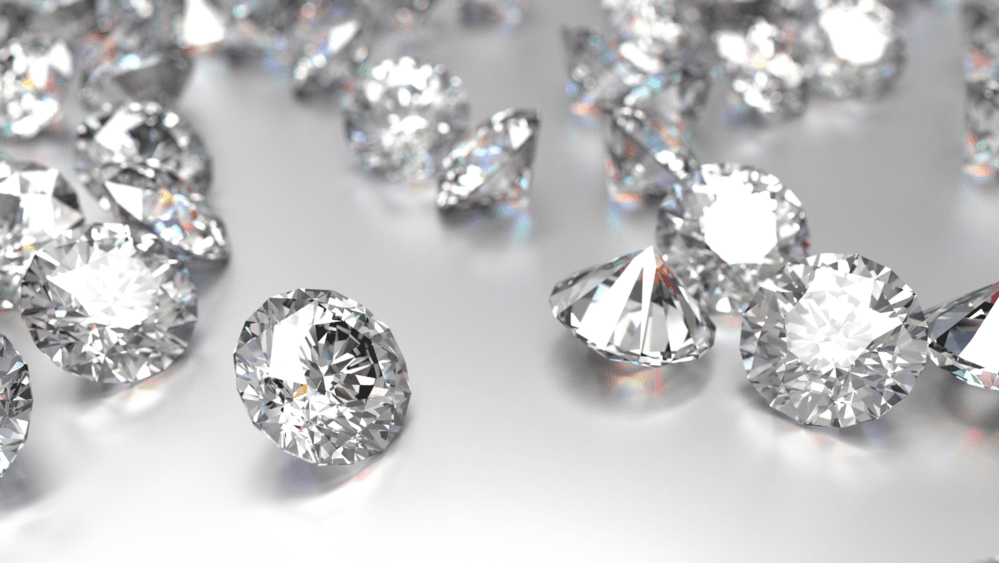When it comes to purchasing diamonds, understanding the quality and value is crucial. While many are familiar with the traditional 4 C’s—Cut, Color, Clarity, and Carat—there are additional factors that savvy buyers should consider. Enter the 9 C’s of diamonds, an expanded framework that encompasses more detailed aspects of diamond evaluation. This guide will walk you through each of these facets to help you make an informed decision when selecting a diamond.
1. Cut
The cut of a diamond refers to how well a diamond’s facets interact with light. Precise artistry and workmanship are required to fashion a stone so its proportions, symmetry, and polish deliver the greatest possible return of light. This is generally considered the most important of the C’s, as a well-cut diamond will appear more brilliant and beautiful regardless of its color or clarity.
2. Color
Diamond color is graded from D (colorless) to Z (light yellow or brown). Colorless diamonds are the rarest and, therefore, the most valuable. While differences between one color grade and the next can be subtle, they significantly affect diamond quality and price.
3. Clarity
Clarity refers to the absence of inclusions and blemishes. Grades range from Flawless (FL) to Included (I3), with several grades in between. A higher clarity grade means a clearer stone; however, many inclusions and blemishes are microscopic and do not affect a diamond’s appearance to the naked eye.
4. Carat
Carat weight measures a diamond’s apparent size. One carat is equivalent to 200 milligrams. Larger diamonds are rarer and more desirable, but carat weight alone does not determine a diamond’s value. Two diamonds of equal carat weight can have very different values based on their cut, color, and clarity.
5. Certification
Certification by a respected lab provides an official documentation of a diamond’s characteristics. Labs like the GIA (Gemological Institute of America), AGS (American Gem Society), and others issue reports that detail a diamond’s 4 C’s and other characteristics. A certification helps to ensure that the diamond you’re purchasing has been independently assessed.
6. Confidence
Confidence in both the product and the seller is crucial. Purchasing a diamond from a reputable dealer who offers guarantees and transparent information helps ensure that the diamond meets the advertised standards and qualities.
7. Cost
Cost is determined by a combination of all the other C’s. Understanding how each C affects the diamond’s value helps buyers make informed decisions about which characteristics to prioritize within their budget, ensuring the best value for the price.
8. Care
The care given to a diamond during its cutting, handling, setting, and eventual wearing also affects its overall quality and appearance. Proper maintenance and handling can extend the life and beauty of a diamond, enhancing its long-term value.
9. Conflict-Free
Ethically sourced diamonds have become increasingly important to consumers. Conflict-free diamonds are certified to be mined and shipped without connections to terror or rebel groups. This aspect is crucial for buyers who are concerned with the ethical implications of their purchases.
Conclusion
The 9 C’s of diamonds provide a comprehensive framework for evaluating a diamond’s quality and ensuring that your investment is sound. Whether you are shopping for an engagement ring, a gift, or a personal treasure, understanding these 9 C’s will empower you to make choices that suit both your aesthetic preferences and ethical considerations. Remember, a diamond is a significant purchase that should be made with as much knowledge as possible.
